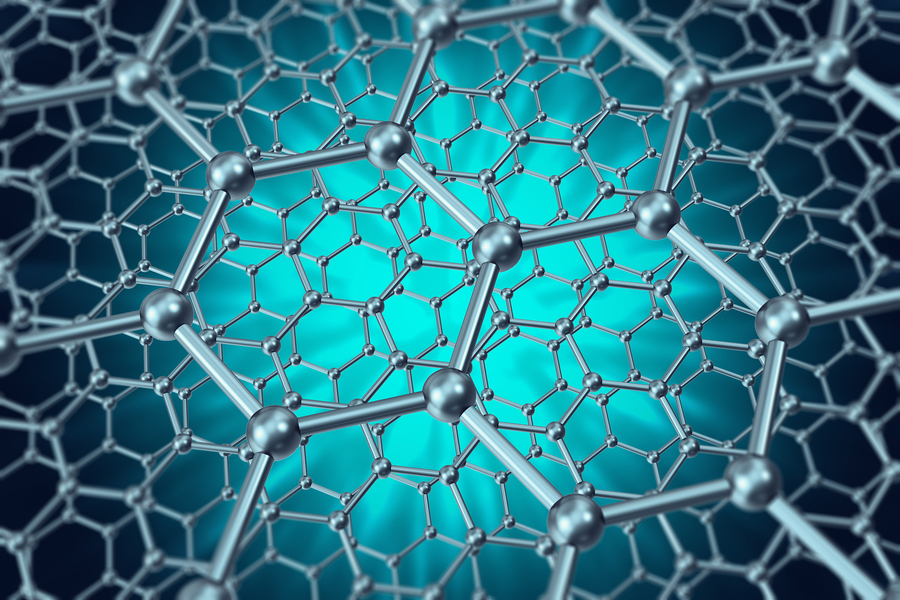2024-11-18 マサチューセッツ工科大学(MIT)
 A cloudy crystal of electrons could explain the puzzling fractional charge recently discovered in pentalayer graphene.
A cloudy crystal of electrons could explain the puzzling fractional charge recently discovered in pentalayer graphene.
Credit: iStock
<関連情報>
- https://news.mit.edu/2024/how-can-electrons-can-split-into-fractions-1118
- https://journals.aps.org/prl/abstract/10.1103/PhysRevLett.133.206502
- https://tiisys.com/blog/2024/02/23/post-133783/
扁平菱面体グラフェンモアレ構造における量子異常ホール相の理論 Theory of Quantum Anomalous Hall Phases in Pentalayer Rhombohedral Graphene Moiré Structures
Zhihuan Dong, Adarsh S. Patri, and T. Senthil
Physical Review Letters Published 12 November, 2024
DOI:https://doi.org/10.1103/PhysRevLett.133.206502
Abstract
Remarkable recent experiments on the moiré structure formed by pentalayer rhombohedral graphene aligned with a hexagonal boron nitride substrate report the discovery of a zero field fractional quantum Hall effect. These “(fractional) quantum anomalous Hall” [(F)QAH] phases occur for one sign of a perpendicular displacement field, and correspond, experimentally, to full or partial filling of a valley polarized Chern-1 band. Such a band is absent in the noninteracting band structure. Here we show that electron-electron interactions play a crucial role, and present microscopic theoretical calculations demonstrating the emergence of a nearly flat, isolated, Chern-1 band and FQAH phases in this system. We also study the four- and six-layer analogs and identify parameters where a nearly flat isolated Chern-1 band emerges which may be suitable to host FQAH physics.



